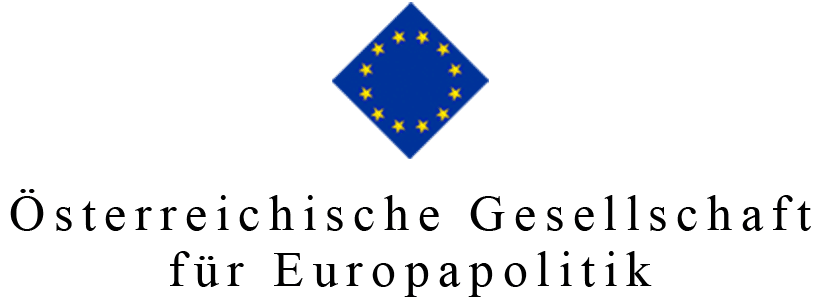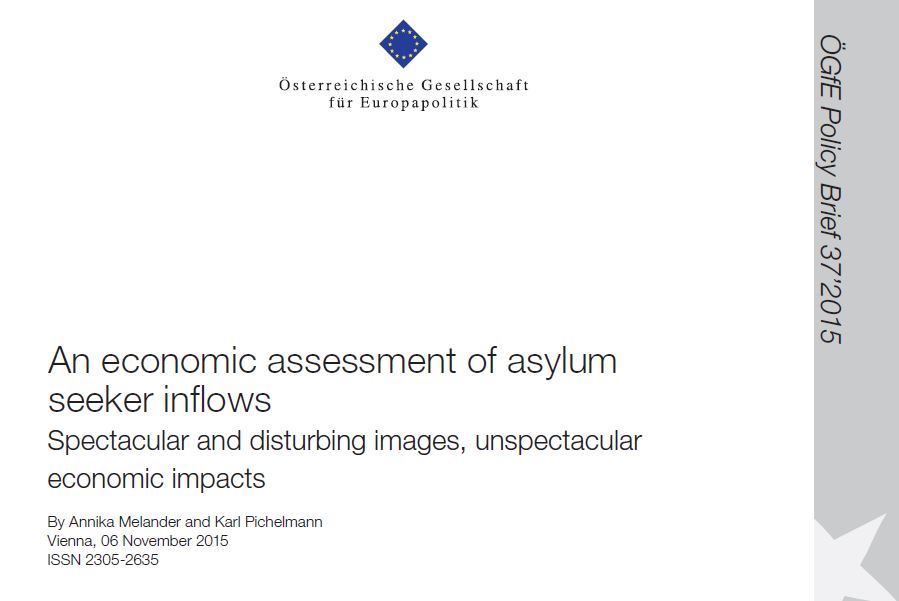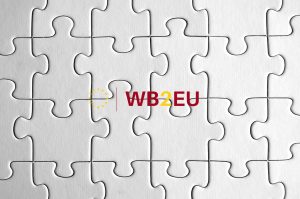Spectacular and disturbing images, unspectacular macro-economic impact
Policy Recommendations
- Optimise inflow management systems at both the national and EU level, including by reinvigorated and coordinated external policy action.
- Ensure appropriate integration patterns, in particular focussing on labour market participation, avoiding segregation along ethnical, religious or social strata.
- Address possibly unfavourable income distribution implications by efficient tax-transfer-benefit systems.
Abstract
Europe is facing an unprecedented influx of asylum seekers. This has put considerable strains on several Member States, both transit and destination countries, that have seen their capacity to receive them tested, sometimes amid political and social tensions.
In its recent forecast, the European Commission has ventured out to provide a tentative assessment of the economic impact of the larger-than-expected inflows of asylum seekers on the economies of the EU. Overall, an additional 3 million persons is assumed to arrive in the EU until 2017. The results of model simulations suggest that the macroeconomic impact of asylum-seeker inflows at such magnitudes is relatively small, in the medium term raising the level of GDP by 0.2-0.3% above the baseline by 2020. The impact is of course larger in the main destination countries, in the range of 0.5-0.7% of GDP for countries such as Germany or Austria. The head-line scenario is compatible with a narrative of short-run costs for the destination economies associated with longer term-benefits, provided integration patterns are broadly in line with previous experiences. However, concerns about more sceptical scenarios of unabated high inflows together with failing integration should not be dismissed too easily. Thus, the policy challenge can be defined in terms of managing inflows and ensuring appropriate integration, complemented by addressing possibly unfavourable income distribution implications.
****************************
An economic assessment of asylum seeker inflows
Spectacular and disturbing images, unspectacular macro-economic impact [1]
Europe is facing an unprecedented influx of asylum seekers. The number of refugees, displaced persons and other migrants that have made their way to Europe rose by almost 50% in 2014. A further, sharp increase has occurred in the first three quarters of this year, though there is considerable uncertainty as to the exact number and composition of persons arriving. According to Frontex, the EU border agency, more than 710,000 migrants entered the EU in the first three quarters of 2015 (up from 282,000 in total in 2014). A vast majority of them arrived in three countries: Greece, Hungary and Italy; receiving 350,000, 204,000 and 129,000 persons, respectively, by the end of September. These numbers refer to a broad group of people containing both potential asylum seekers as well as other types of migrants (note that the data refer to irregular crossing of borders).[2] Focusing on asylum seekers alone, more than 1.2 million persons have applied for asylum in the EU since the start of 2014.
The sharp rise in the arrival of asylum seekers has put considerable strains on several Member States, both transit and destination countries[3], that have seen their capacity to receive them tested, sometimes amid serious political and social tensions both within and across countries. Against the backdrop of spectacular and disturbing images of large bands of people moving across Europe in search of refuge and protection, fears have sprung up in some quarters that population movements could overwhelm inflow management and overburden integration mechanisms. However, while such fears should not be dismissed too easily, a sober look at the current inflow numbers and the likely macro-economic impact on the receiving economies could help to put things into perspective and contribute to less highly charged debates.
However, while such fears should not be dismissed too easily, a sober look at the current inflow numbers and the likely macro-economic impact on the receiving economies could help to put things into perspective and contribute to less highly charged debates.
In its recent autumn forecast 2015, the European Commission has ventured out to provide a tentative assessment of the impact of the larger-than-expected inflows of asylum seekers on the economies of the EU.[4] It is based on the flows up until the third quarter of this year whilst applying a technical assumption for the next two years of a sustained high level (basically keeping the inflows at the level of 2015-Q3 until end of 2016 unless domestic sources provide more well-founded estimates; for 2017, a gradual normalisation of the flows and the recognition rate are plotted in). Overall, an additional 3 million persons is assumed to arrive in the EU over the forecast period. This corresponds to an increase in the population of 0.4% after taking into account that some asylum seekers will not qualify for international protection.
Two main economic mechanisms have to be taken into account in a broad impact assessment:
- The short-term impact via higher public spending in terms of consumption, investment and transfers in cash and in-kind; this gives a demand stimulus to GDP but obviously represents a net cost to the economy; and
- The medium-to-longer term impact on the labour force, largely depending on the skill distribution of the inflows and their labour market integration patterns.
Under “reasonable technical assumptions” (in particular based on previous, not excessively encouraging integration experiences) regarding additional public spending and labour market participation patterns over time, the results of model simulations along these lines suggest:
- The macroeconomic impact of asylum-seeker inflows at such magnitudes is relatively small, in the medium term raising the level of GDP by 0.2-0.3% above the baseline by 2020.
- The impact is of course larger in the main destination countries, in the range of 0.5-0.7% of GDP for countries such as Germany or Austria.
- While unevenly distributed across countries, the estimated additional public expenditure related to the arrival of asylum seekers is limited for most EU Member States, amounting to around ¼ of a per cent of GDP per annum in countries such as Germany or Austria. Obviously, these costs will diminish and, eventually, fade away with abating inflows and progressing labour market integration of refugees.
- The head-line scenario is compatible with a narrative of short-run costs for the destination economies associated with longer term-benefits, provided integration patterns are broadly in line with previous experiences.[5]
- There is considerable uncertainty surrounding the numbers involved and these estimates also depend on assumptions about skills and integration patterns which may differ from those in previous studies. As a result, these studies may provide only a partial guide to assessing the current situation and the margin of error in this estimate may be higher than usual, both on the positive and the negative side.
With this caveat in mind, short-run costs related to the inflows can be seen as an investment which, if productive, will bring returns to the economy and society at large over the medium- to long-term.
With this caveat in mind, short-run costs related to the inflows can be seen as an investment which, if productive, will bring returns to the economy and society at large over the medium- to long-term. Statistically, GDP per capita is negatively affected, but this stems solely from the compositional effect that the population as a whole will comprise a somewhat larger share of immigrants with below average productivity; yet both immigrants and the native population are eventually better-off provided unfavourable distributional impacts are held in check. Indeed, the literature suggests an overall positive effect may hide significant redistribution patterns between distinct population groups such as the refugees themselves, capital-owners and workers with different degrees of substitutability and complementarity to the refugees. In practice, though, migrants often take up jobs in sectors which are difficult to fill with natives and, as a group, tend to contribute more in taxes than they receive in benefits. Moreover, albeit obviously depending on positive integration, for Member States with an ageing population and a shrinking work force, migration can improve the age distribution in a way that can strengthen fiscal sustainability.
Migrants often take up jobs in sectors which are difficult to fill with natives and, as a group, tend to contribute more in taxes than they receive in benefits.
However, it must be acknowledged that more sceptical scenarios can also be devised. In particular, persistent integration gaps and deficits over the medium-term could pose a risk for public finances and social cohesion in general. Already considerable strains on the financing of the welfare state may further accentuate in more and more desegregated communities along ethnic, religious and social strata (the “forgotten in the banlieues” mechanisms), undermining trust and openness, imposing cost rather than bringing benefits of diversity to society, with a corresponding need to set aside – and finance – the significant means to cover these costs.
Against that background, the policy challenges can be defined in terms of (i) optimising inflow management systems at both the national and EU level, including by reinvigorated and coordinated policy action to protect the EU’s external borders; (ii) ensuring appropriate integration patterns, in particular focussing on labour market participation, avoiding segregation along ethnical, religious or social strata; and (iii) addressing possibly unfavourable income distribution implications by efficient tax-transfer-benefit systems.
[1] The authors are staff members of the European Commission’s Directorate General for Economic and Financial Affairs. We are indebted to many colleagues who have contributed to the analysis of this subject in the context of the forecast preparation and more widely. The usual disclaimer applies.
[2] Note that the term asylum seeker is not equal to refugee or migrant. Under EU law, an asylum-seeker has applied for asylum and is awaiting a decision. If successful, the individual obtains international protection (i.e. either a refugee status or a subsidiary protection status). In this text, the term refugee is used for all “beneficiaries of international protection”. The more general term migrant covers third-country nationals establishing their usual residence in an EU Member State for a period that is, or is expected to be, at least 12 months. It therefore includes refugees, labour migrants as well as family-unification migrants. Unsuccessful asylum seekers who do not leave the host county are considered irregular migrants just as those who cross borders illegally.
[3] Transit country refers to the country/countries through which migration flows (whether regular or irregular) move through, from the country of origin in order to enter the country of destination. It should be noted that some Member States may be both a transit and a destination country.
[4] European Economic Forecast, Autumn 2015, European Economy 11/2015, 48-52.
[5] As an illustration, according to such a scenario for a country like Austria initial “investment” costs of slightly less than 1 bn per year would gradually be outweighed by benefits running up to about 2 bn per year after five years.
ISSN 2305-2635
The views expressed in this publication are those of the authors and not necessarily those of the Austrian Society of European Politics or the organisation for which the authors work.
Keywords
Asylum seekers inflows, economic impact, short-run costs and longer-term benefits
Citation
Melander, A., Pichelmann, K. (2015). An economic assessment of asylum seeker inflows: Spectacular and disturbing images, unspectacular macro-economic impact. Vienna. ÖGfE Policy Brief, 37’2015








